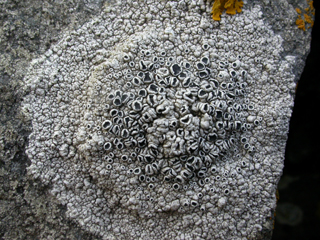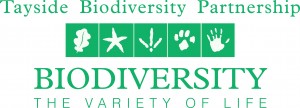What is Biological Recording?
Biological recording is the observation of the distribution and abundance of animals and plants, the type of habitat in which it is found and the date it is seen.
While recording can be carried out just for personal enjoyment, it also adds value and promotes the understanding of the local and national distribution of animals and plants. Observations taken over several years can help to determine the changes in distribution, movements, and whether species numbers are increasing or decreasing.
“What is a BioBlitz?”
A BioBlitz is a series of local activities aimed at discovering what wildlife shares our spaces – and to ultimately conserve and protect what we find. It can be of any length but is often undertaken over 24 hours or a weekend. It can be part of a wider Biodiversity Festival or could be a series of short events held over the year – it is up to individuals or the local community to decide what is the best route for them. We have set up a new BioBlitz Hub to share details as to how to go about setting one up. Follow this link to find out more.
Aim:
Recording acts as a health check for the environment. This information helps local authorities, planners, conservation organisations and the public monitor the status of species and habitats, and to plan conservation measures that will help maintain and improve a high quality of biodiversity within the Tayside area.
We are particularly interested in encouraging recording in the Tayside Biodiversity partnership area of Angus, Dundee and Perth and Kinross.
Can you help us
Survey birds, bees and red squirrels – Web Link
Field Study Council videos
- Field Studies Council – YouTube
- Watch the Kindrogan Field Centre’s camera trap videos – Click Here
Tayside Recorders' Bulletins
People’s Trust for Endangered Species
New campaign – Hedgehog Street – Sign up for your Hedgehog Pack here
New Lichen
New Lichen Species for Scotland – see below
Angus Cetacean Awareness Project
Submit your sightings of dolphins, porpoises, minke and killer whales seen off the Angus coast – http://www.marinelifeangus.co.uk/acap/
 New Lichen Species for Scotland (Green Graveyard Initiative)
New Lichen Species for Scotland (Green Graveyard Initiative)
A recent churchyard survey in the Carse of Gowrie has unearthed two species new to Britain. The first was the tiny crustose lichen Lecanora invadens with ‘jam tart’ like spore producing bodies (apothecia). The second was the lichen parasite Sclerococcum tephromelarum found growing on the black shields lichen Tephromela atra. Lichens are part-fungi and part-algae and sometimes have their own specific fungal parasites. Deciphering these species has been a lifetime’s work for the discoverer of the two new species, lichenologist Dr Brian Coppins. He was part of the Scottish Churchyard Lichen Group, led by John Douglass, surveying the churchyards for Perth & Kinross Council.
Links
- People’s Trust for Endangered Species new campaign – Hedgehog Street – Web Link
- Strategy for Scottish Invertebrate Conservation – Web Link
- Butterflies and Moths recording – Recording and monitoring | Butterfly Conservation (butterfly-conservation.org)
- Plantlife Surveys – Web Link


